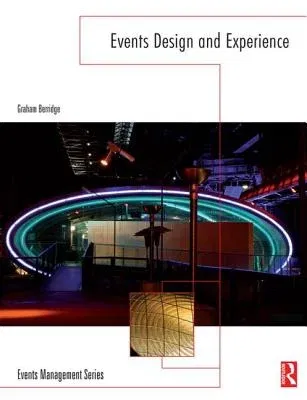For the first time Events Design and Experience draws together the
relationship between event design and the experience of consumers and
participants. It explores and analyses the event experience of the
individual and how this can be 'controlled' by design.
By drawing upon ongoing research conducted over several years into the
experiences of groups and individuals who attend events this text will
ask questions such as: What was the rationale behind a particular event
being designed in a certain way? What was the actual experience of
consumers? How was the event materially delivered and did the experience
created provide a satisfactory outcome? How can experiences be
understood (via semiotics) especially the physical elements of an event?
Structured in four sections, Events Design and Experience discusses:
* What are events? An overall view of the industry, its definitions and
market demand. It also covers an analysis of previous literature, and
draws upon real life events such as Wembley plc, Leapfrog Corporate
events and the British Cycling federation
* What is an event experience? An explanation of the nature and stages
of experience, and the emergence of the experience industry itself.
Cases such as the Proms, London Fashion week ands the Nike Fun run are
used to illustrate.
* Designing Experiences. Considers how design itself can impact upon
the experience, in some cases fundamentally changing the nature of
experience. It asks the question of how experiences are designed and
what do they signify to the customer once complete.
* Analysing Event Experiences. Considers how experiences can be
analysed and evaluated looking at the artificiality of the event and how
this reflects in the experience of consumers. Also includes a review of
the psychological processes of perception and interpretation and how
meaning and experience can be analysed, and how we may begin to unravel
the meanings attributed to certain events.
With international case studies throughout, Events Design and Experience
has a coherent user-friendly structure including chapter summaries,
review exercises and topics for discussion to consolidate understanding.

